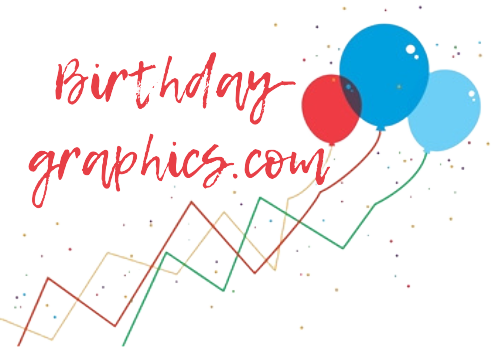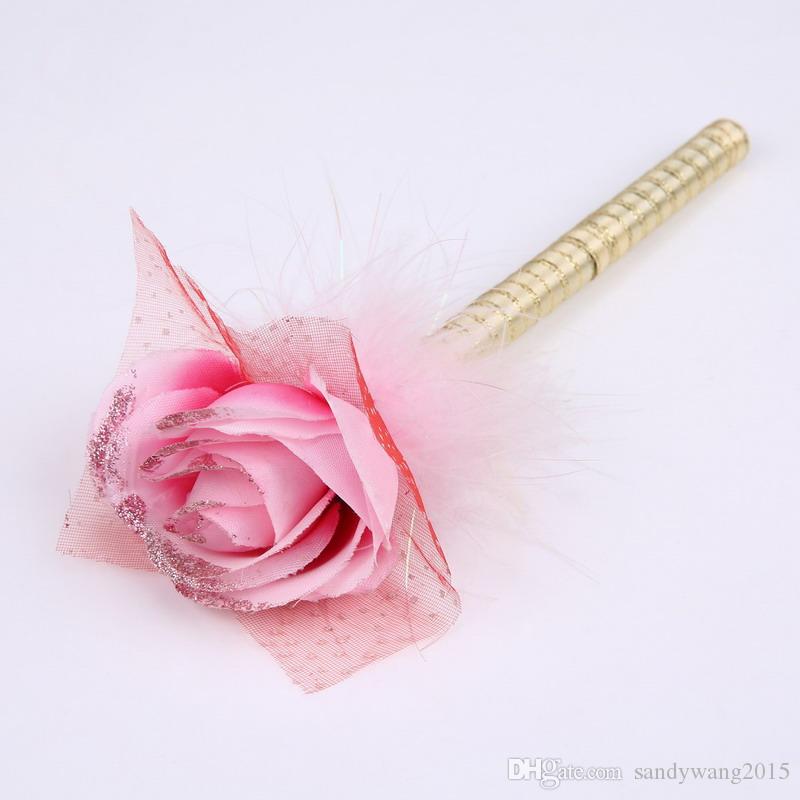A literary murals is a sort of artwork within the slender sense of the time period, appearing as a type of social consciousness, https://www.dailyherald.com/news/20190107/literary-murals-creating-a-positive-stir-at-mundelein-high. In addition to all artwork generally, a murals is represented by the expression of a sure emotional and psychological content material, a sure ideological and emotional complicated in a figurative, aesthetically vital type. A murals is a “phrase concerning the world” created by the author, the creator, an act of response of an artistically gifted individual to the encompassing actuality.
In accordance with the speculation of reflection, human considering is a mirrored image of actuality, the target world, which undoubtedly applies to creative considering. A literary work, like artwork generally, acts as a selected case of a subjective reflection of goal actuality. Nevertheless, the reflection, particularly within the highest stage of its improvement (human considering), shouldn’t be outlined as a mechanical reflection, mirror, or a replica of actuality.
The complicated, oblique character of reflection is almost certainly to have an affect on creative considering, by which the subjective second is essential, the distinctive character of the creator, his or her authentic view of the world and the mind-set about it. The art work is a mirrored image of an lively, private copy of life actuality and its artistic transformation. As well as, the creator by no means reproduces actuality just for the aim of copy; the very need for the artistic copy of actuality is shaped from the creator’s private and never detached place concerning the world. It should be emphasised that the creative work acts as an indissoluble unity of goal and subjective, copy of actuality and the creator’s place.
Understanding the unity of the target picture and subjective expression in a murals must also be methodologically utilized with the intention to carry out sensible duties of analytical work with a murals. As a rule, within the examine of literature, extra consideration is targeted on the target facet, impoverishing the concept of a murals. As well as, there’s a sort of substitution of the topic of analysis: as an alternative of learning a murals with aesthetic patterns traits, the truth mirrored within the work is studied, which can be attention-grabbing and vital however not related with the examine of literature as an artwork type. The methodological setting aimed toward learning, as a rule, the target facet of a murals reduces the function of artwork as an unbiased sort of non secular exercise of individuals, resulting in the concepts of the illustrative nature of literature. In such a scenario, a murals largely loses its vigorous emotional content material and fervour related to the subjectivity of the creator.
What Is the Literary Evaluation
It’s clear dialog about literature can flip right into a dialog about life, by which nothing unnatural or essentially untenable is noticed since there isn’t any wall between literature and life. Nevertheless, in such a scenario, the methodological setting, which doesn’t enable one to neglect concerning the aesthetic options of literature, lowering literature and its function to an illustrative which means, is important. An evaluation of a literary work consists of figuring out the subject of studying, understanding the place of the creator, and figuring out the concept of a murals. Considerate studying is dialogical as a result of it’s introduced within the type of an creator’s dialog with the reader. You need to study to see the dialogue within the art work and have interaction in dialogue with the creator. There are a number of best strategies for analyzing an art work on-line.
- Hypothesizing and looking for a solution to an issue query to the textual content;
- dialogue of some statements and questions;
- the wording of questions;
- a dispute with the creator and opponents;
- textual content transformation;
- the modification of the plot.
It’s clear that to use sure strategies of analyzing, a literary textual content should be selective, given the style and content material of the work. The record of strategies of comprehending the studying provides you the chance to speak about probably the most essential necessities for the evaluation of a murals. It consists of such points as:
- imagery;
- ideological;
- completeness.
The Important Parts of Literary Evaluation
The imagery of the evaluation requires the connection between the plot and the system of photographs of the work. “How did the occasions described within the story affect the character of the protagonist?” The evaluation’s ideology acts as a connection between the work and life, arising with the concept of writing. “What was the creator about to inform?” The completeness of the evaluation consists within the obligatory completion of the synthesis. “What have you ever realized from studying this work?”
The operational stage of the evaluation accommodates a major, detailed, introductory studying, learning both analytical studying, quick (viewing) studying, quoting, growing a plan, the wording of inquiries to the textual content. The stage of monitoring and analysis is represented by a search studying, solutions to questions posed, artistic work and the definition of a private perspective to the textual content.
Analyzing a literary work, college students ought to all the time affirm their very own viewpoint with phrases from the textual content. The evaluation with the compulsory citation improves each the power to replicate on the guide’s content material and the ability of studying.
Kinds of Literary Evaluation
There are the next varieties of art work evaluation:
- problematic;
- stylistic;
- comparative.
Within the first type, it’s obligatory to think about the plot and figurative sides of the work. The plot is the construction of the work, the sequence of occasions. Allow us to outline the weather of the plot. They’re the introduction, the event of the motion, the climax, the denouement, and the ending. The introduction and ending embrace 2-Three sentences and don’t comprise any occasions. Their operate is to inspire studying, grabing the eye of the viewers. Working with the system of photographs, one ought to contemplate motives and actions of the character and performance of the personage and the connection with the opposite characters of the work within the totality of ideas and emotions.
Drawback evaluation serves as a dialogue on discovering a solution to an issue query. It’s essential to formulate the issue and to make sure the existence of various factors of view. The comparative evaluation serves as an efficient technique of enhancing analytical abilities. You possibly can take works of various authors for comparability. An indispensable situation for the choice of texts for such a process is the existence of options of similarity of theme, emotions, moods, and which means in them. Comparative evaluation will be carried out on prose and poetry. The primary aim of this exercise is the seek for variations within the unifying issue within the in contrast works primarily based on the evaluation. Normally, the general ideological which means of the works in query seems.
The aim of stylistic or language evaluation is to determine the person type of the creator, which acts as a mixture of means and strategies of creative expression peculiar to the required author. Looking for visible means in a textual content is a troublesome but fascinating work, revealing the secrets and techniques of the creator’s abilities. The stylistic experiment is of explicit curiosity right here. It’s a deliberate distortion of the textual content with the intention to reveal which instruments the creator used to type such a vivid picture.
Evaluation Strategies
The commonest technique of research is to pose inquiries to the textual content. The questions enable college students to make clear the details of the work, to grasp them from the standpoint of its ideological orientation, that’s, to know the causal relationships, the place of the creator, to type their very own perspective to the work. In the middle of the seek for solutions to questions, every learner varieties a private thought of the which means of the guide. She or he shares this presentation with the remainder of the readers, being a participant within the common dialogue.
The subsequent stage of working with literary textual content, which consists of mixing the scholars’ first ideas concerning the creator’s thought with the outcomes of the evaluation, is represented by the stage of interpretation. Absolutely the dominant interpretation of the textual content is the interpretation of the creative which means of the work. In the middle of evaluation, understanding strikes from the entire to the elements, and within the interpretation – from the elements to the entire. Interpretation is a artistic, aware need of readers to find out the which means of the work.
Interpretation of the Content material
The primary property of decoding is openness. This characteristic is a mirrored image of the infinite multiplicity of meanings of the textual content and the truth that any creative work wants artistic studying and additions from the reader. Nevertheless, not all interpretations are equal. The right one is is the one primarily based on a well-executed evaluation of a literary textual content when all the reasons provided inside it have a causal relationship.
It’s pivotal that college students not solely grasp the creative thought of the work being studied but additionally understand the way in which by which they’ve come to the aim. Fixed consideration to the fastidiously thought-out evaluation and probably the most full and proper interpretation contributes to the formation of a linguistic character that has the person creator’s type of the researcher.
The Checklist of Attention-grabbing Works for Literary Evaluation
- Iliad
- Odyssey
- Medea
- Iphigenia in Aulis
- The Music of Roland
- Tristan and Iseult
- The Divine Comedy (Dante)
- Consuelo (Sand)
- Notre Dame de Paris (Hugo)
- The Pink and The Black (Stendhal)
- The Metamorphosis (Kafka)
- All Quiet on the Western Entrance (Comment)
- Steppenwolf (Hesse)
- The Threepenny Opera (Brecht)
- Ulysses (Joyce)
- Over the Abyss in Rye (Salinger)
- The Martian Chronicles (Bradbury)
- The Title of the Rose (Eco)

